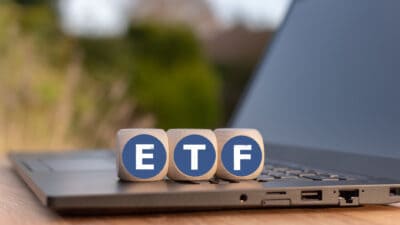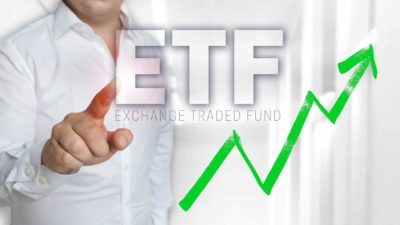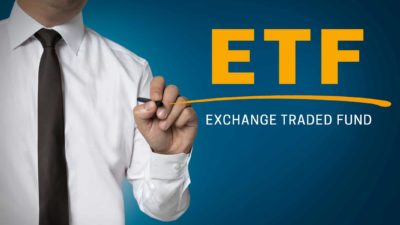Enjoying a return of around 17% per annum over a number of years is something that most ASX investors aren't used to. But that's what investors of the VanEck Morningstar Wide Moat ETF (ASX: MOAT) have been served up for many years.
Conventional wisdom would dictate that one would have to be a pretty savvy stock picker to consistently bang out a 17% per annum return. Anyone who sticks to ASX index funds, like the Vanguard Australian Shares Index ETF (ASX: VAS), certainly wouldn't be used to getting 17% on their money every year.
And yet this is the norm for MOAT investors.
If you look at the latest figures from VanEck, it's evident that this is no pipedream. As of 31 March, MOAT units have returned an average of 17.16% per annum over the last five years. That's inclusive of this exchange-traded fund (ETF)'s dividend distribution returns.
Those investors have also enjoyed a 15.9% per annum return over the past three years. And a whopping 25.78% over just the past 12 months.
The VanEck Wide Moat ETF hasn't been on the ASX for an entire decade just yet, with an ASX inception date of June 2015. However, the index that it tracks has returned an average of 17.74% per annum over the ten years to 31 March.
In contrast, the Vanguard Australian Shares ETF has returned an average of 8.2% per annum over the ten years to 31 March.
So how does the VanEck Wide Moat ETF do it? How can it generate such lucrative returns for investors? After all, a 17.12% return over 10 years is enough to turn every $1,000 invested into roughly $5,000 over a ten-year span.
How can the VanEck Wide Moat ETF consistently return 17% per annum to ASX investors?
Well, I think this ETF's stellar returns can be broken down into two parts for investors to understand.
Firstly, the quality of the underlying shares in this ETF's portfolio undoubtedly helped it achieve these stunning numbers. The Wide Moat ETF isn't really an index fund in the traditional sense. It functions more like an actively managed fund.
MOAT's portfolio is constructed by analysing large companies in the US markets and only selecting those that demonstrate the possession of what's known as a wide economic moat. This is a concept first coined by legendary investor Warren Buffett. It refers to an inherent competitive advantage that a company can possess. This helps it keep customers in the face of attacks from competitors.
There are many kinds of moats a company can have. But the most common include a strong brand (perhaps Apple or Toyota), offering products or services at the lowest prices (Amazon or Coles Group Ltd (ASX: COL), or possessing an asset that customers find difficult to avoid (maybe one of Transurban Group (ASX: TCL)'s toll roads).
Buffett loves these kinds of companies because they tend to be amongst the highest-returning investments on the market.
These are the only companies that the VanEck Wide Moat ETF houses in its portfolio.
Right now, you'll find names like Campbell Soup Co, Alphabet, Altria, Pfizer, Nike and Disney in the Wide Moat ETF. Most of those names are famous around the world, and for good reason.
This Buffett-like investing methodology clearly pays off for the Wide Moat ETF and its investors.
Dollars and dollars
The second reason is the current currency environment. Over the past decade, the Australian dollar has weakened considerably against the US dollar. Back in April 2014, one Aussie dollar was buying around 92 US cents. Today, that same dollar will get you just 65 US cents.
This might be bad news for motorists and any other consumers of imported goods or services. But it's great news for anyone who owns assets that are priced in US dollars. As it happens, MOAT's entire portfolio is US dollar-denominated.
So it's a combination of these two factors that seem to have turbo-charged the returns of the VanEck Wide Moat ETF over the past ten years. Let's see if investors will continue to enjoy a 17% per annum return over the next ten years.









